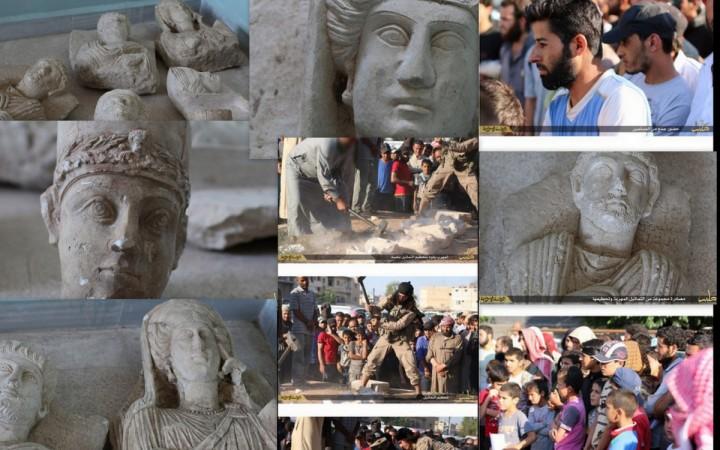
As reports of the Islamic State destroying historic artifacts from the Syrian city of Palmyra have shocked the world, the Syrian Observatory for Human Rights has now said that Isis, in fact, destroyed 'fake statues' and have kept the original ones to smuggle them out of Syria.
News reports over the last two days have said that the Islamic State destroyed the 2,000-year-old statue of a lion, known as the Lion of al-Lat, while latest reports suggested that Isis had publicly smashed six ancient statues that had been smuggled by a man out of Palmyra to Aleppo city in Syria.
The UK-based Syrian Observatory for Human Rights, a monitoring group reporting on abuses in Syria, said on its website that Isis had destroyed fake statues and that it had moved the original ones from Palmyra to Aleppo in order to smuggle them out of Syria to a 'neighbouring country'.
The group also reported that Isis had previously smuggled artifacts from Syria and Iraq to a 'neighbouring country', without naming the nation.
A response to a mail and social media message sent by IBTimes to SOHR for more details on the issue is awaited. Calls to the SOHR office were not answered.
On Thursday, the Islamic State posted pictures online of Isis fighters destroying several ancient statues using sledgehammers that it claimed it had seized from a smuggler, who was punished with public flogging.
Ever since Isis overran the historic Palmyra city in May, it has raised global concerns over the fate of the 2000-year-old heritage site that includes Roman-era relics such as columns, theatres and the Temple of Bel, and which is deemed by UNESCO as a World Heritage Site.
















